-
James Webb telescope discovers 2 of the oldest galaxies in the universe
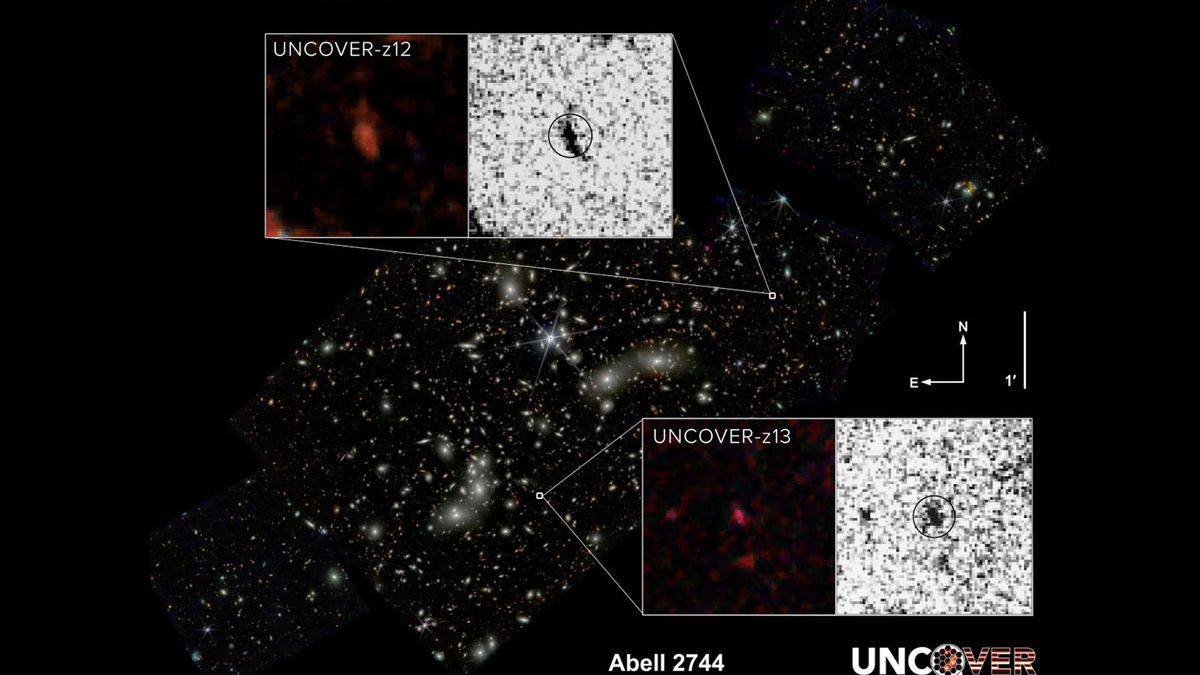
Astronomers using the James Webb Space Telescope (JWST) have discovered two of the oldest and most distant galaxies in the known universe, dating to just 330 million years after the Big Bang. These ancient objects — estimated to be the second and fourth most distant galaxies ever detected — fall just shy of the earliest…
-
ATU and CEPT Propose Agenda to Safeguard Radio Astronomy from Satellite Interference

The African Telecommunications Union (ATU) and the European Conference of Postal and Telecommunications Administrations (CEPT) have formally proposed new agenda items for the upcoming 2027 World Radiocommunication Conference (WRC-27) for improved protection of radio astronomy from the harmful effects of satellite constellations. “Securing an agenda item at the WRC is not easy, and this would…
-
‘I felt that Africans could also be part of this’: Meet the Kenyan stargazer inspiring children to look to the sky
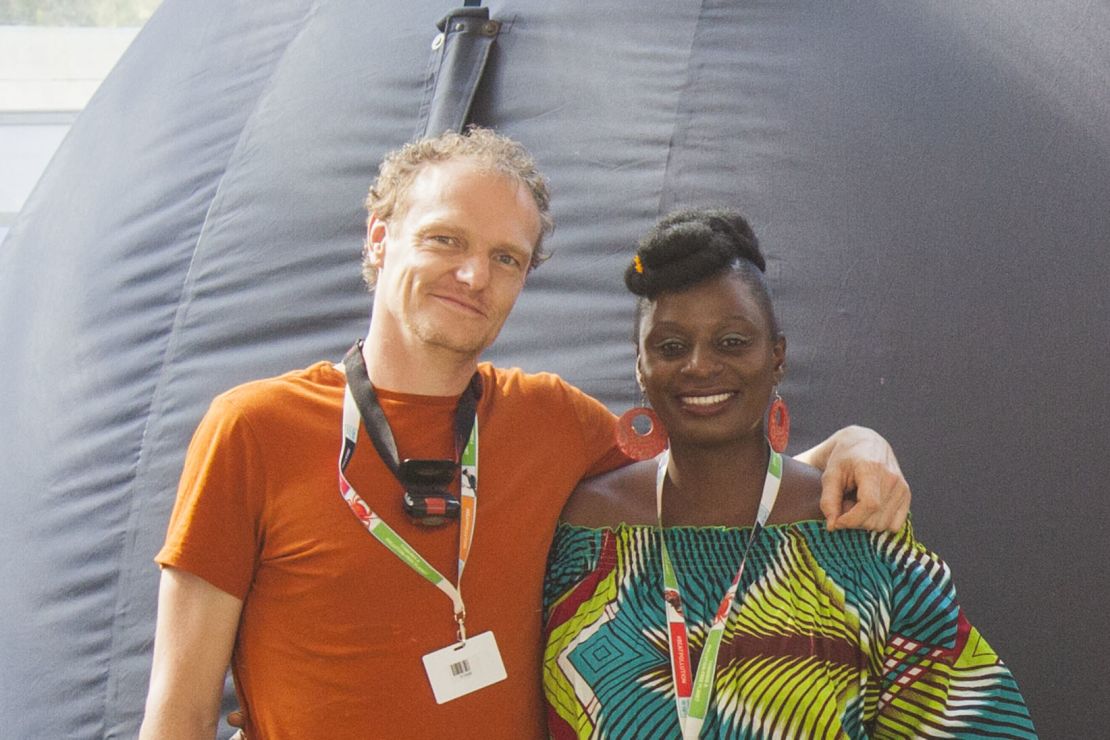
CNN — Susan Murabana’s life-changing moment happened at 22 years old, when she looked through a telescope for the very first time. Suddenly, Saturn and its yellow-gold rings were more than just an illustration in a textbook; they were real and the experience was powerful. The opportunity came while she was a student volunteering with…
-
JWST uncovers some of the most distant galaxies yet seen
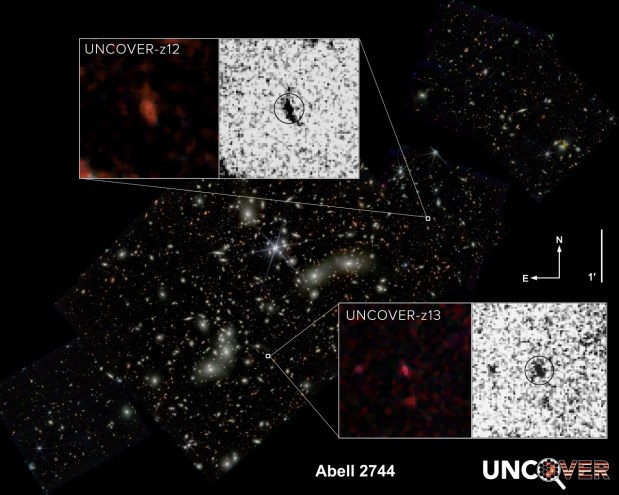
The second- and fourth-most distant galaxies ever seen, shown here as near-infrared wavelengths of light that have been translated to visible-light colors. Cluster image: NASA, UNCOVER (Bezanson et al., DIO: 10.48550/arXiv.2212.04026) Insets: NASA, UNCOVER (Wang et al., 2023) Composition: Dani Zemba/Penn State When the James Webb Space Telescope (JWST) launched almost two years ago, it…
-
NASA tool bag tonight: How to see the dropped space box floating across the sky
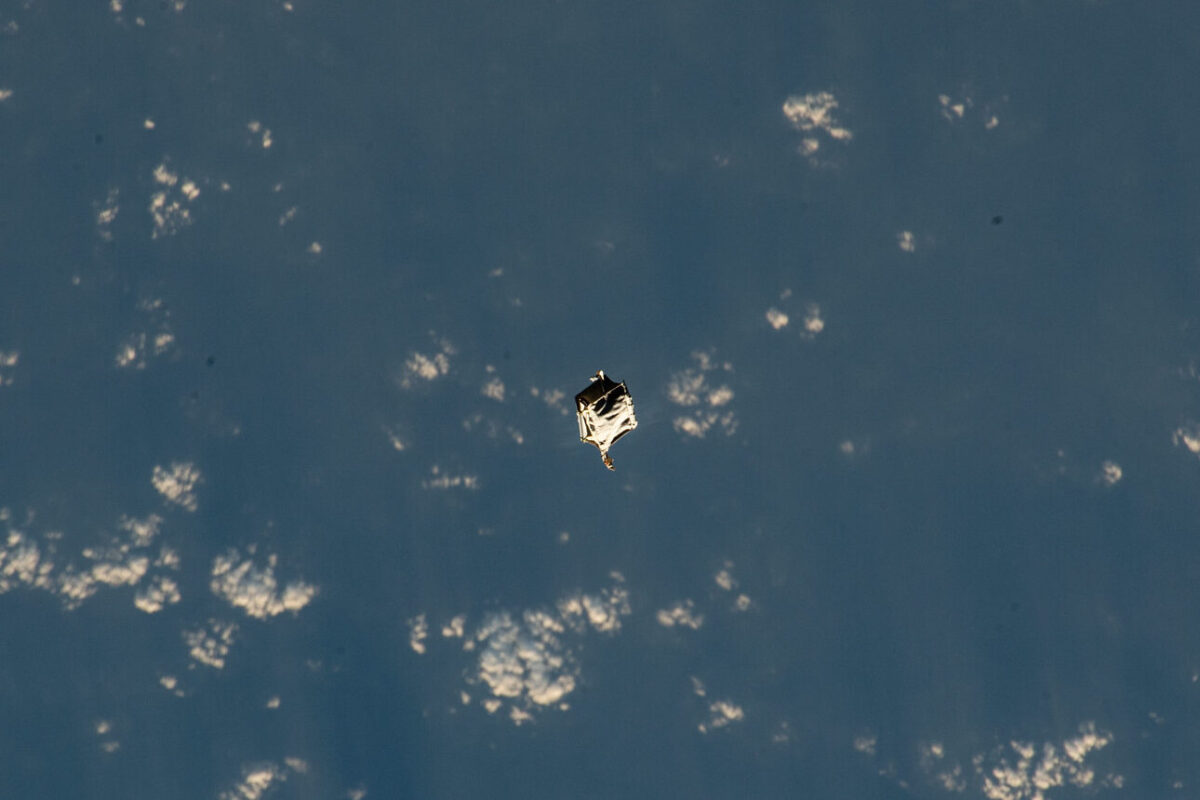
We’ve all been there. You’ve put something down, and now you can’t find it – it’s like it disappeared into thin air. But earlier this month, a NASA tool bag literally did fly off into a vacuum during routine checks aboard the International Space Station (ISS). The tool bag has been orbiting Earth for the…
-
Dwarf galaxies use 10-million-year quiet period to churn out stars
Contact: Morgan Sherburne, [email protected] Images ANN ARBOR—If you look at massive galaxies teeming with stars, you might be forgiven in thinking they are star factories, churning out brilliant balls of gas. But actually, less evolved dwarf galaxies have bigger regions of star factories, with higher rates of star formation. Now, University of Michigan researchers have…
-
Searching for the Dark Universe with UMass Amherst
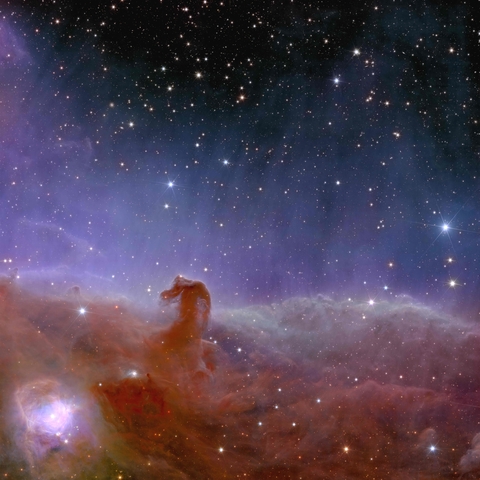
Image Approximately 1375 lightyears away, the Horsehead Nebula is the closest giant star-forming region to Earth. Credit: ESA/Euclid/Euclid Consortium/NASA, image processing by J.-C. Cuillandre (CEA Paris-Saclay), G. Anselmi, CC BY-SA 3.0 IGO Earlier this month, the European Space Agency (ESA) shared the first five images from its Euclid space telescope, currently located 1.5 million km from…
-
Everything we know about ‘Kingdom of the Planet of the Apes’
Brace yourself for ‘Kingdom of the Planet of the Apes,’ the latest movie in the ‘Planet of the Apes’ franchise. Nobody was expecting much from the 2011 reboot of the ‘Planet of the Apes’ series titled ‘Rise of the Planet of the Apes,’ especially after 2001’s dreadful remake. However, it was a big win that…
-
Reaching Further for the Stars | University of Central Florida News
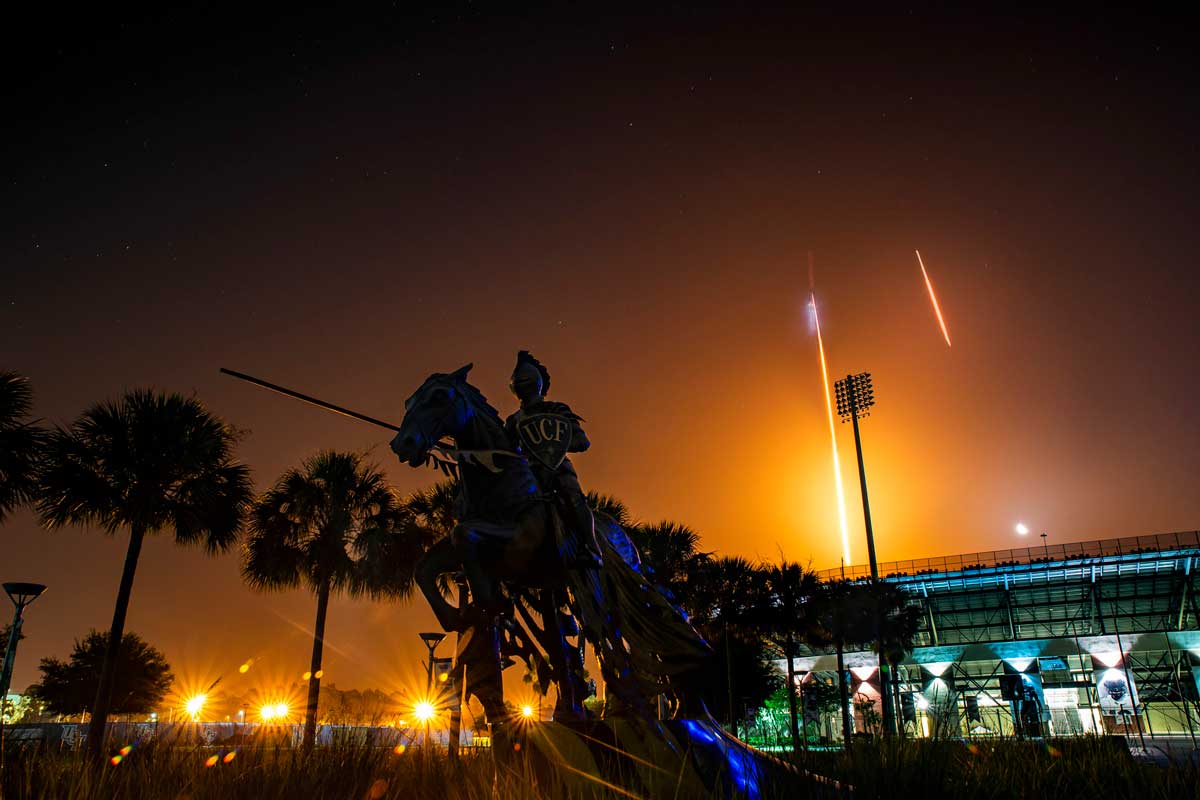
Since its founding in 1963, UCF has had close ties to the space industry. In the early 1990s, UCF professors would go to Kennedy Space Center to teach graduate programs to NASA employees. When NASA’s budgets were cut, UCF proposed to NASA to research nondestructive testing methods so the agency wouldn’t have to destroy rocket…
-
Canadian Space Agency will announce new astronaut assignments today (Nov. 22). Here’s how to watch it live.
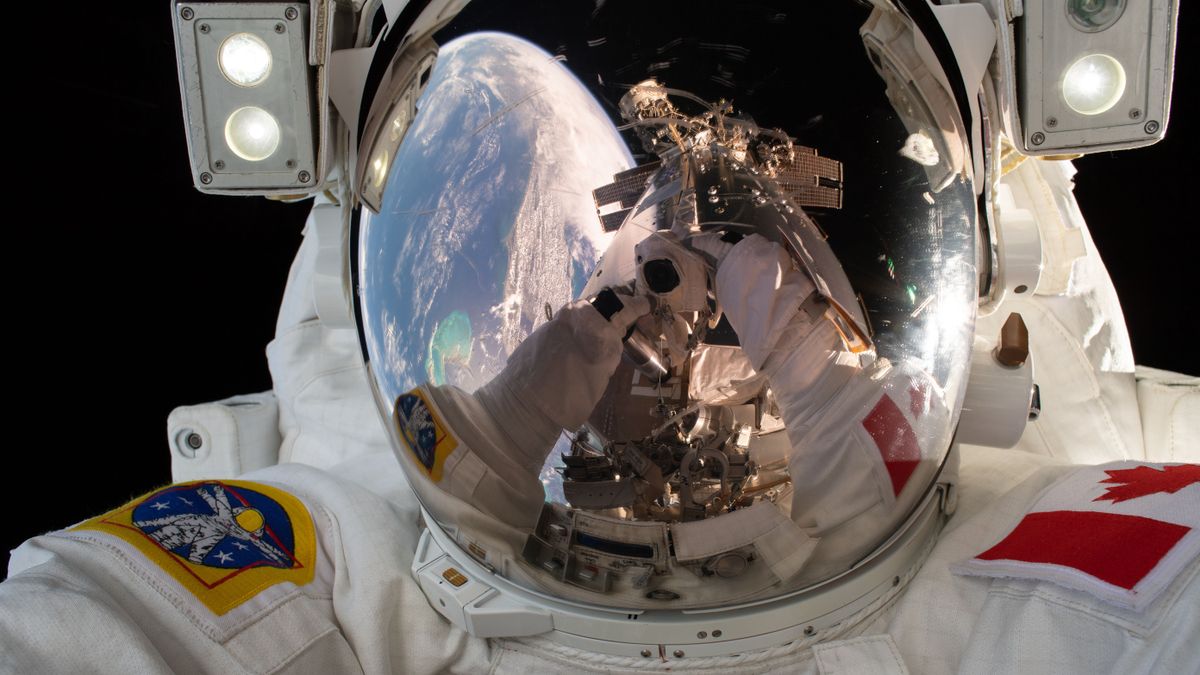
Canada is announcing new “astronaut assignments” today (Nov. 22), and you can watch the event live. The Canadian Space Agency (CSA) will host a livestream at 9:30 a.m. EST (1430 GMT) on its YouTube channel and on Facebook, agency officials posted on X (formerly Twitter). The event will be at CSA headquarters near Montreal, Quebec.…